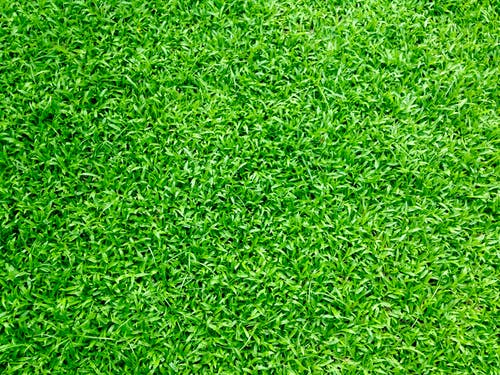Earth is the only planet in the universe discovered thus far that can sustain life. Thus we have an obligation to protect our environment and leave it in better condition than when we came into the world. Our children and their children deserve nothing less. There are things that each of us can do daily to improve life on earth. Here are a few suggestions and thoughts.
According to the National Climate Assessment Report, we live in the “hottest and driest region” in the United States. Texas has three of the ten hottest cities in America with San Antonio at #5; Houston at #7; and Dallas at #9. A few large cities have hotter summers than San Antonio, but not many: the Alamo city recorded 110 days of temperatures greater than 90 degrees last year.
Living in a hot and dry region has its challenges. Moreover, the challenges are complicated by projected population growth. The Southwest region remains popular, and more people move in than leave. As a result, the U.S. Southwest is expected to grow from 56 million to 94 million residents over the next 20 years. Demographic growth will result in additional stress on our existing natural resources. The most immediate challenge is an ever-dwindling supply of water.
When an extreme drought occurs in Texas, as happened several years ago, we are asked to significantly cut back on our normal consumption of water. Smaller towns dependent on underground well water often run dry, as do the urban lawns. But these wells that supply water to cities need not disappear. Underground shortage reservoirs may help immensely.
San Antonio state representative Lyle Larson told the
The Texas Tribune that in the aftermath of Hurricane Harvey, we passed up the opportunity to capture the estimated 35 trillion gallons of water that the hurricane ended up dumping into the Gulf of Mexico.
Larson, who chairs the Texas House of Representatives Natural Resources Committee, estimated “the amount of rain the storm dropped on the state could meet all its water needs — household, agricultural and otherwise — for at least eight years.” What is urgently needed is what Larson previously proposed in a 2017 bill: “aquifer storage and recovery” projects in which water is pumped into underground reservoirs and stored for future use.
The bill passed the Texas House of Representatives but was vetoed by Governor Greg Abbott.
There are more than 175 such storage units in the United States, but Texas has only three. The reality is that Texas can expect to see more droughts in the coming years as climate change brings drier weather and stirs up hurricanes on the Gulf of Mexico.
RECYCLING
Our environmental wellness is also threatened by what we put back into the earth. In a recent article in The
Atlantic, “Is This the End of Recycling?” (Mar. 5, 2019),
Alana Semuels wrote: “Americans are consuming more and more stuff. Now that other countries won’t take our papers and plastics, they’re ending up in the trash.” It took decades to accomplish systematic recycling, but now
nearly every large building or public space has a bin for plastic bottles and aluminum cans and newspapers.
China has long been America’s largest customer for much of this recyclable material, but in recent years profit margins have become too small for Chinese industries to purchase our “stuff.” Semuels found that now China has restricted “imports of certain recyclables, including mixed paper—magazines, office paper, junk mail—and most plastics.”
The reverse has occurred as waste management companies are now charging to pick up recyclable products. There may be a time soon when the local recycling companies will quit buying paper and plastic bags. Several towns in America already have quit picking up recycling products.
We are witnessing more and more towns giving up on recycling because so much of what we placed in the bins was contaminated. The shipping costs as well as the separation of the contaminated materials from recyclable products grew too expensive. There are no easy solutions.
San Francisco is encouraging its residents to buy less so they have less to throw away. Many stores encourage customers to bring their own reusable bags to prevent
using more and more plastic or paper bags.
These efforts help, but we must look for other options. Sending everything we wish to throw away to landfills or incinerators is not a sustainable solution.
Semules commented that “landfills are the third-largest source of methane emissions in the country”. Some waste management companies have turned to burning plastic, which many believe can be converted to energy; however that is impossible to do without also creating carbon emissions. While many incineration facilities promote themselves as “waste to energy” plants, Semules found studies reporting that these plants “release more harmful chemicals, such as mercury and lead, into the air per unit of energy than do coal plants.”
Ironically, advanced scientific research invented light clear plastic containers that could replace America’s enormous consumer demand for glass containers. It seems now that plastic is not the solution, and that we may have to return to drinking water from glass bottles.
Numerous articles in the New York Times have recommended 1) buy less, 2) buy produce in bulk without plastic containers, 3) recycle things like clothes and toys,
4) use less water in showers and on lawns, 5) wash only full loads of dishes and clothes, 6) keep AC thermostats at 70 during the summer months, and 7) turn off the lights when you leave a room. All good ideas. Is there more we can do? Yes! Send in your ideas.


Recent Comments